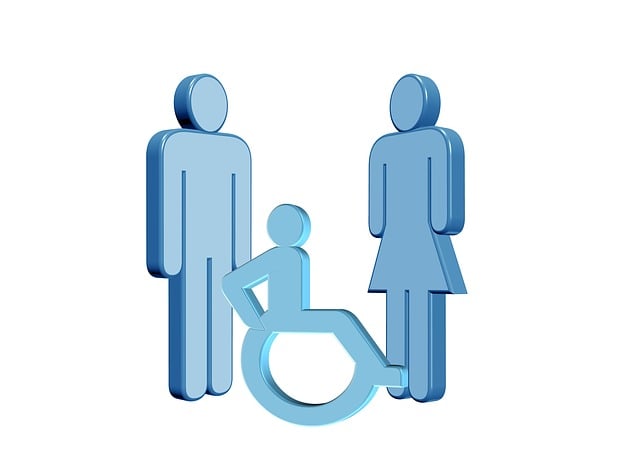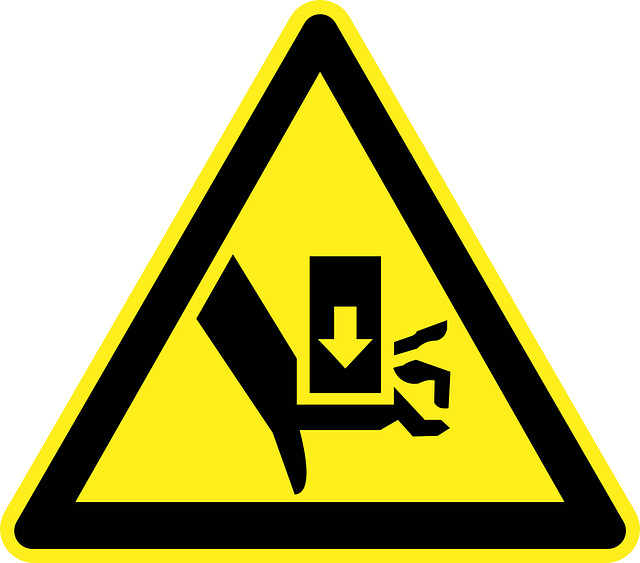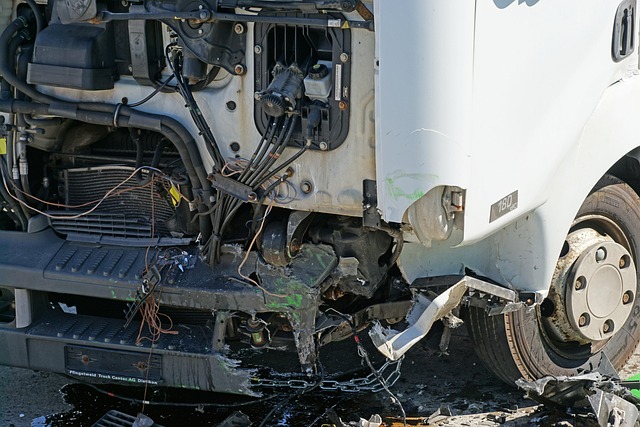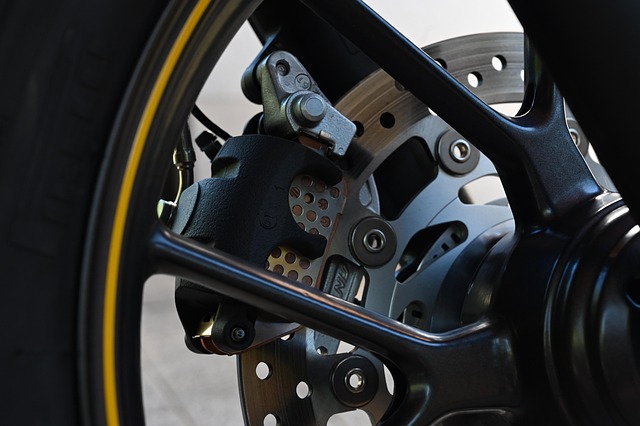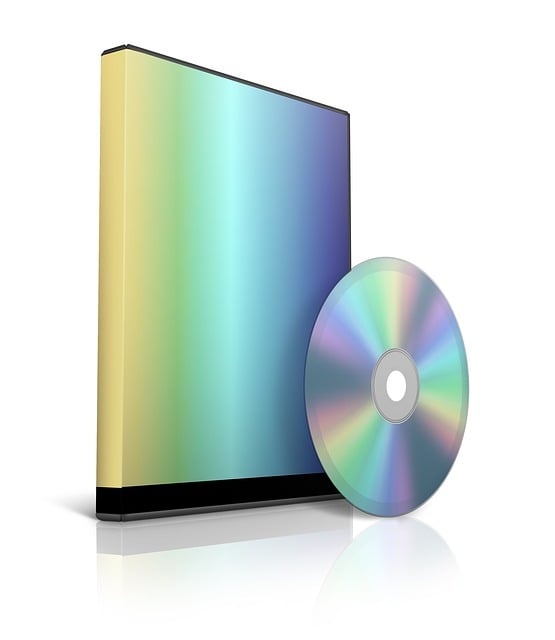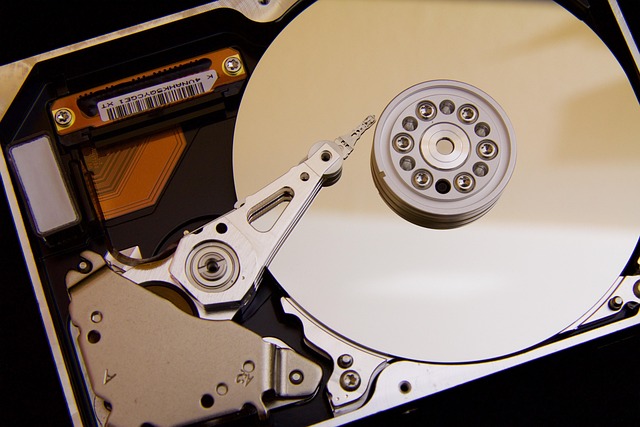Chiropractors provide non-surgical treatments for herniated discs caused by post-car crashes, including adjustments, manipulative therapies, and exercise programs to alleviate pain, promote disc healing, and restore function. Their comprehensive approach combines manual therapy, therapeutic modalities, and core-strengthening exercises, offering a natural recovery path.
Lower back disc therapy through chiropractor care is a popular treatment for herniated discs, especially after a post-car crash injury. This article delves into effective chiropractic management strategies for such conditions. We explore various techniques to provide lower back relief, focusing on understanding herniated discs and navigating the options available post-accident. By the end, you’ll be equipped with knowledge to make informed decisions regarding your health and well-being.
- Understanding Chiropractic Management for Herniated Discs
- Post-Car Crash: Navigating Disc Therapy Options
- Effective Techniques for Lower Back Relief
Understanding Chiropractic Management for Herniated Discs
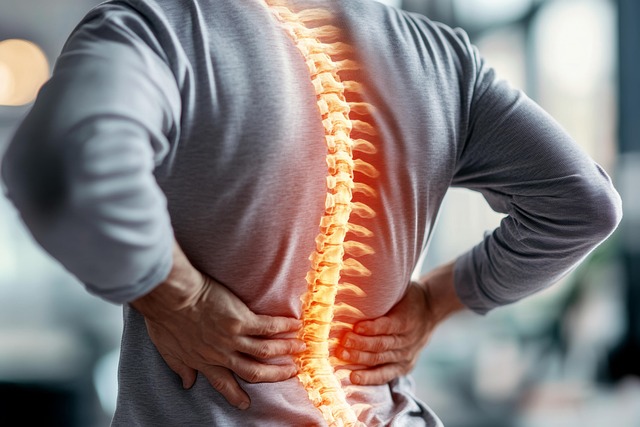
Chiropractors are experts in managing conditions related to the musculoskeletal system, including herniated discs, often a result of injuries such as post-car crashes. Chiropractic management for herniated discs involves non-surgical, hands-on techniques aimed at alleviating pain and promoting healing. Chiropractors utilize various methods like adjustments, manipulation, and specialized exercises to improve disc health and restore function.
Adjustments, where the chiropractor applies controlled force to correct misaligned vertebrae, can help reduce pressure on herniated discs. Manipulation techniques, including gentle stretching and mobilizing movements, are used to enhance spinal mobility and alleviate nerve compression. Additionally, chiropractors may prescribe specific exercises tailored to strengthen the back and core muscles, supporting disc stability and reducing the risk of further damage after a post-car crash injury.
Post-Car Crash: Navigating Disc Therapy Options

Many individuals face the challenge of lower back pain after a car crash, which can often result in damaged or herniated discs. In such cases, seeking professional help is crucial for effective recovery and pain management. Chiropractic management offers a non-invasive approach to addressing these issues. Chiropractors are experts in diagnosing and treating musculoskeletal disorders, including those caused by vehicular accidents.
Post-car crash, individuals may experience significant discomfort and limited mobility. Disc therapy, a specialized technique within chiropractic care, can be highly beneficial. This method focuses on the discs that cushion the vertebrae in your spine. By utilizing manual adjustments and specific exercises, chiropractors aim to reduce pain, promote healing, and restore the normal function of the affected discs. Such treatment options are essential for individuals looking to avoid surgical intervention while prioritizing natural recovery methods.
Effective Techniques for Lower Back Relief

Chiropractors employ a variety of effective techniques for lower back relief, especially in cases involving herniated discs, often seen after post-car crashes. One common approach is manual therapy, where chiropractors use controlled, precise manipulation to improve spinal mobility and reduce pain. This can include adjustments to the spine and joint mobilization techniques.
Additionally, chiropractic management may incorporate modalities such as heat and ice therapy, electrical stimulation, and ultrasound to further alleviate discomfort and promote healing. Exercises tailored to strengthen core muscles supporting the spine are also often recommended. These methods collectively work towards restoring proper alignment, reducing pressure on affected nerves, and facilitating the body’s natural healing process.
Chiropractic management of herniated discs, especially after a post-car crash, offers a non-invasive approach to lower back relief. By employing various effective techniques, chiropractors can significantly alleviate pain and improve mobility. Understanding these options is crucial for those looking to navigate disc therapy, potentially revolutionizing their recovery journey.
